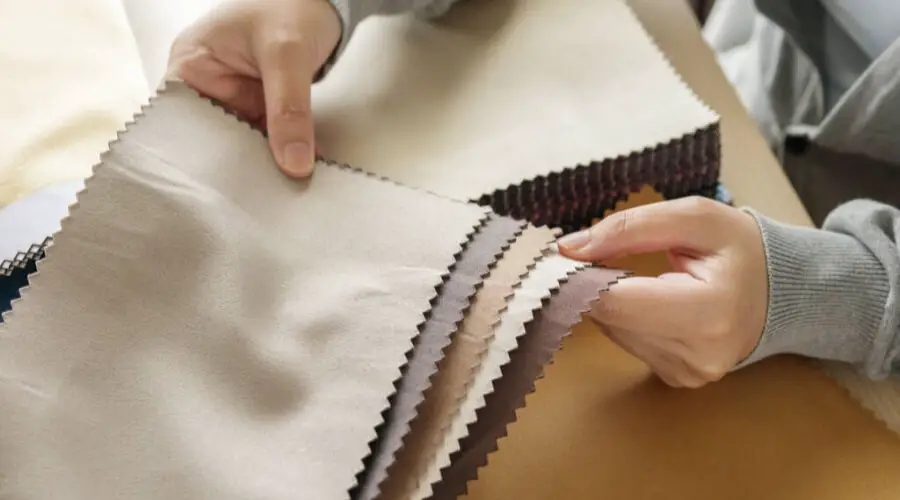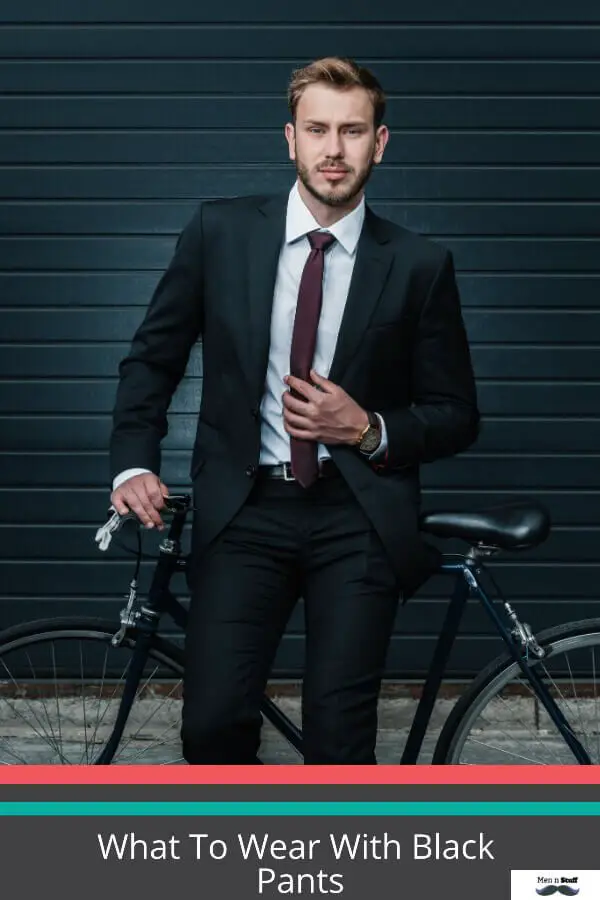Some of the most luxurious fabrics include silk, wool, Cervelt, Cashmere, velvet, linen, fur, cotton, etc. These exclusive fabrics are produced on an intricate loom under close supervision and much handwork.
The Top 9 Luxurious Fabrics

Vicuna Wool
Vicuna wool is the most luxurious fabric worldwide. If you have seen a picture of a vicuna, you may have noticed that it resembles a llama. Vicuna fibers produce clothes with an unmatched beauty. The clothes are light, soft, and warm. They, in turn, make beautiful outfits which makes them rank at the top of the most luxurious fabrics worldwide.
The fabric is considered the cloth of gold, and during Incas times, only royalty would be allowed to wear the fabric. Vicuna fibers are also known as Golden Fleece and retail a $600 per kilogram. A simple jacket made from vicuna wool costs up to $21000.
The fabric is expensive because the fleece of the vicuna makes little fiber. Vicuna is a relative to llama and Alpaca, and in two years, one adult Vicuna can only produce nearly 500 grams of fiber.
To make a single overcoat, one needs a minimum of 25 Vicunas. The fabric is also hypoallergenic, extremely comfortable, and wears well.
Although the fabric’s quantity is low, Vicuna yarn’s quality is very high, especially because it is not chemically treated. The animal can only be shorn per three years to get the fiber.
Moreover, vicuna wool is fine and short, making it hard to spin. This further increases its exclusivity. Vicuna is a rare fabric due to these factors and the most expensive clothing fabric.
Guanaco Wool

Guanaco is another expensive and luxurious fabric, just like vicuna wool. The fabric also comes from another exceptional animal known as Guanaco from the family of camelids in South America.
The most fantastic thing about the animal is that you can harvest 2 to 3 pounds of fur from adults. The fabric has a complicated production process, hence why it’s considered the second-highest raw material in textiles. A jacket made of guanaco fabric retails at $26000.
Guanaco is a warm, durable, lightweight, and luxurious material. Its undercoat fur is soft and can be mistaken for cashmere. The wool contains oils that naturally resist dirt and reduce the washes needed. The oils also prolong the fabric’s life.
Koigu Kersti Cashmere
Koigu Kersti Cashmere is another expensive fabric worldwide. The fabric is widely used to make elegant clothing lines. The colors of the Koigu Kersti cashmere cannot be seen everywhere since it’s minimal, making the fabric rare.
The fiber is among the top choices for celebrities, kings, and queens. This fiber is only collected once from the goat, aged between six and 12 months. Although one animal will yield about 30 grams, it makes a very comfortable, warm, and soft fabric.
The material is also popular for independent dyers.
Making this luxurious fiber requires perfect timing and delicate handling as it is hand-processed by combing the animal. This luxurious fabric has a high demand resulting in a high price tag of $2400 for a sweater.
Cervelt Fabric
If you are looking for the most expensive clothing with outstanding quality and wear, look no further than the Cervelt fiber. Cervelt fiber is strong, resilient, and has outstanding natural properties making it one of the most sought out fibers worldwide. Red deers produce Cervelt fiber, and you can harvest only 20 grams every year from an animal.
Due to the limited amount to be harvested, the fiber ranks among the most exclusive and sought-after fabrics. One pair of socks made from Cervelt cost $1500.
Mulberry Silk
Mulberry silk is also an expensive fabric holding the highest quality of silk in the textile industry. The silk is acquired through a mulberry silkworm larva that feeds on mulberry leaves only. This fiber gets woven carefully, and manufacturers must give every textile product from this special fabric care.
Mulberry silk is strong and superior to all other types of silk. Making this type of silk can be very time-consuming and costly.
One yard of woven cloth needs0 around 3000 cocoons to produce, and the worms must eat nearly 200 pounds of leaves to generate a pound of silk. The fabric is also popular as its hypoallergenic, odorless, long-lasting, and needs special maintenance. Mulberry silk is among the most expensive clothing materials, with a card costing $100.
Leopard Furs
Animal furs’ fabrics are the best and most classic textiles ever to exist. Leopard furs are the most durable, finest, oldest, and most costly fabrics worldwide. One of the most popular fur fabrics is from leopards in today’s generation.
The fur is luxurious, with a meter amounting to $7000. Most countries ban leopard furs because habitat loss has threatened leopards, with most species experiencing habitat fragmentation leading to population fragmentation. Leopard fur is illegal, except for very limited circumstances.
However, banning the material does not destroy its value, and its price explains why poaching is still a serious issue for the future of the leopard species.
Burmese Lotus Flower Silk
Lotus silk is another luxurious fiber that is amazingly soft, waterproof, and resistant to stains. This fabric is rare, and producing it may take even weeks. The fabric is highly-priced because of the complex production. The fabric is also known as the most luxurious vegan fiber worldwide. It is a rare fabric produced only on a small scale. Producing this silk is a very time-consuming and difficult task.
Producing a single scarf can take two months for skilled artisans to extract this natural fiber. One kilogram of the delicate silk also requires hundreds of worms to make. The threads must be processed while still wet and in 24 hours to ensure the fabric is breathable and soft. A 25 centimeter of lotus silk costs $200.
Cotton
Cotton is one of the ancient and most famous natural fibers globally. Fluffy cotton plants produce cotton. Its yarn is spun into a breathable and soft textile, including terrycloth to make towels, denim for jeans, and corduroy for trousers. Manufacturers combine cotton with different fibers such as elastin to stretch more. When combined with linen, the fabric becomes stronger.
Although cotton is inherently adaptable, not all cotton is produced equal. Some cotton has long fiber lengths, making it more desirable as it leads to more luster with a silkier feel.
Qiviut Fabric
Qiviut fabric is very rare and most popular with rich people. The fabric has fluffy and soft strands, which makes the fabric warm. This rare fabric’s production is in very small quantities. The luxurious fabric is expensive, with the unprocessed raw fiber costing about $65 per ounce.
The fabric is special beyond its distinct qualities. The harvesting of Qiviut occurs naturally, where the hair falls in large quantities at the right time. This eliminates the need to sheer. A simple scarf made of Qiviut costs $195.
What should you Look for When Buying The Most Luxurious Fabrics Of This World?
When buying the most luxurious fabrics, consider the following factors:
- Material: Ensure it’s made from high-quality materials like silk, cashmere, or vicuña.
- Texture: Check for a soft, smooth, and fine texture, free from imperfections.
- Weave: Look for tight weaves that enhance durability and appearance.
- Origin: Consider the fabric’s origin, as certain regions are renowned for their luxurious materials.
- Brand/Source: Opt for reputable brands or sources known for premium fabrics.
- Price: Luxurious fabrics often come at a higher cost, so be prepared for the investment.
- Care Instructions: Review care requirements to maintain the fabric’s quality.
- Purpose: Choose fabrics suited for your intended use, whether it’s clothing, home décor, or accessories.
- Feel: Physically touch and feel the fabric to assess its softness and quality.
- Authenticity: Ensure the fabric is genuine, as counterfeit luxury materials exist.
- Certifications: Look for certifications or labels indicating authenticity or ethical sourcing.
- Color and Pattern: Select colors and patterns that align with your aesthetic preferences.
By considering these factors, you can make informed decisions when purchasing luxurious fabrics, ensuring you get the quality and authenticity you desire.
References:
https://luxatic.com/these-are-the-worlds-most-luxurious-fabrics/
https://www.esquiremag.ph/the-good-life/what-she-wants/luxury-fabrics-guide-a2348-20190731-lfrm10

